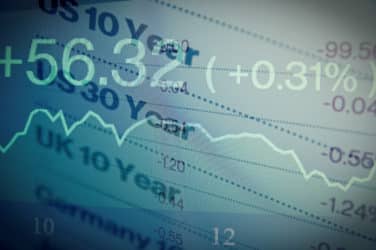Once MiFID II goes into effect on January 3, 2018, the new regulatory regime will change how the fixed income markets trade in a radical manner.
The changes will not be limited to the most liquid instruments or those that already trade on venues, but regarding how market makers trade their markets and increase in overall transparency, said Sonil Theisen, global head of market structure & data science at Citi, during a panel discussion hosted by Bloomberg on MiFID II’s impact on non-Europeans.
If a market maker is a systematic internalizer of a specific fixed-income product, which is determined on a per-product basis, it opens the firm to a host of record keeping and market data distribution mandates, she added.
Theisen cited a hypothetical example where a client could request a quote for 300,000 Volkswagen 33s on a bilateral basis, such as over the phone.

Sonali Das Theisen, Citi
“That is under a social size, but we would be required to show that market out to all of my customers, subject to a commercial policy, in a machine-readable format, i.e. an API,” she added.
If the client’s RFQ also surpasses MiFID 2’s Large in Size or Size Specific to Instrument Thresholds, then the market maker would have to transact the trade on a venue.
“You will still have those voice phone calls; you will still give color, and you will stop wherever your firm defines the line of making a market,” said Theisen. “Then you’ll tell clients, ‘Meet me on a venue.’”
[broadstreet zone=”58119″]
Besides bringing more transparency to the cost of research by unbundling it from commission costs, MiFID II will introduce greater transparency to execution costs for fixed-income trades.
“I think until now, investors in the fixed income space have been somewhat kept in the dark in terms of execution fees and transactions costs,” she noted.
Under the new regulations, venues will need to make their fee tables public and non-discriminatory.
It might be another thing that the US fixed income markets might acquire through osmosis once MiFID II goes into effect, Theisen suggested. “Whether if it is dictated in the US, I would be surprised if there is not a request for that type of information and a change in market structure as well.”




